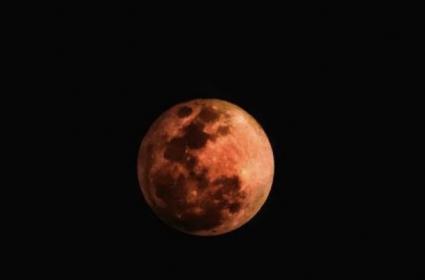When is Longest Partial Lunar Eclipse of 21st Century Visible in India?

Gazers are in for a treat on November 19, as the century's longest partial lunar eclipse will take place. It is also the longest total solar eclipse in nearly 600 years. When the moon passes into the Earth's shadow, a lunar eclipse occurs. According to Indiana's Holcomb Observatory, located on the campus of Butler University in the United States, the partial eclipse will last 3 hours, 28 minutes, and 24 seconds, and the full eclipse will last 6 hours and 1 minute, making it the longest partial eclipse in 580 years.
"The century's longest partial eclipse will occur in the pre-dawn hours of November 19th. In addition, this will be the longest partial lunar eclipse in 580 years!" said the observatory
Observatories will be able to see a slowly changing moon, which may even take on a reddish hue. This will also be the year's final lunar eclipse. According to NASA, the event will begin on November 19 at approximately 2.19 a.m. EST (12.49 p.m. India time).
The eclipse will be divided into four major phases, according to the US space agency, with the moon entering the penumbra, or the lighter part of the moon's shadow, at 1.02 a.m. EST. Because the darkening is so subtle, this phase is usually difficult to detect without special equipment.
At 2.18 a.m. EST, the moon will reach the umbra, or the darker part of the shadow. The moon will pass through the deep shadow for about 3.5 hours before exiting it.
According to NASA, at least a portion of the eclipse will be visible in North and South America, Eastern Asia, Australia, and the Pacific Region.
The partial eclipse begins shortly after 2 a.m. on the East Coast of the United States and reaches its peak at 4 a.m. For those on the West Coast, that means starting shortly after 11 p.m. and peaking at 1 a.m.
"Partial lunar eclipses are less spectacular than total lunar eclipses, in which the moon is completely obscured by Earth's shadow, but they occur more frequently. And that just means more chances to see small changes in our solar system that sometimes happen right in front of our eyes," NASA explained.

















